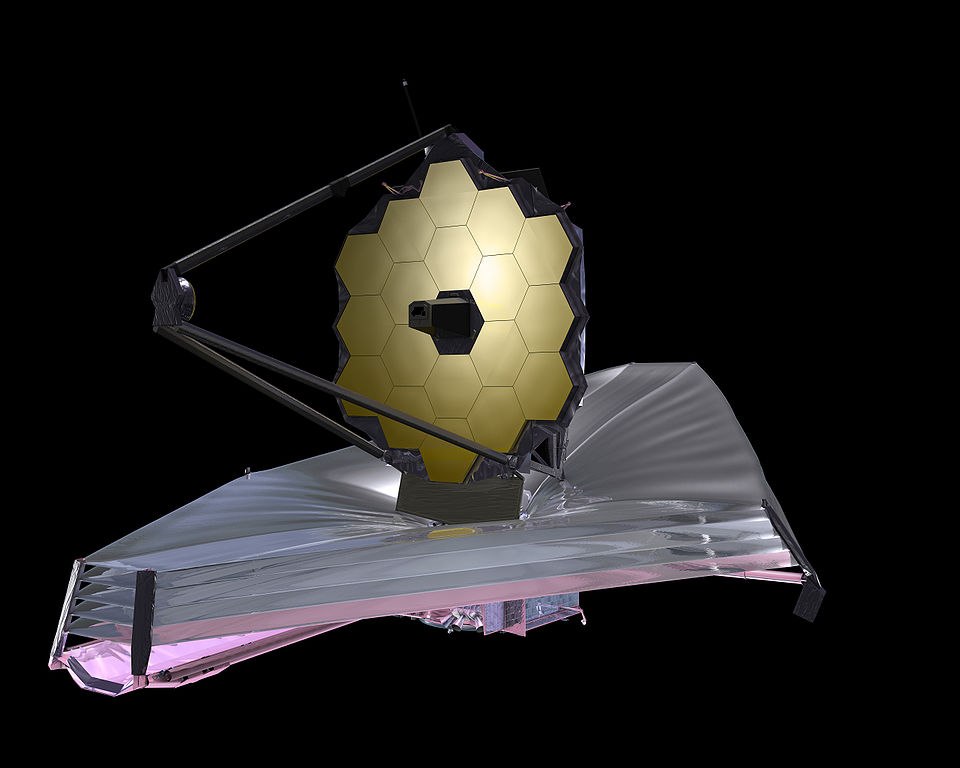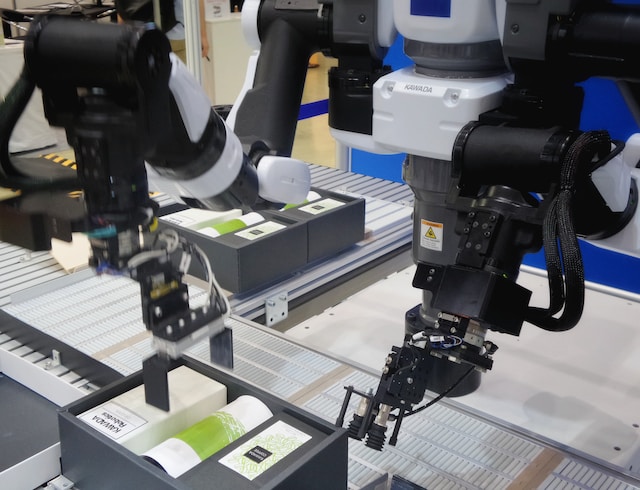Next generation electronic technologies are now changing electronics and communications domains especially in embedded systems, networking, and signal processing. And the recent emergence of nano and micro materials is making the following technologies ready for primetime:
- Internet of Things (IoT)
- new computational signal processing (SP) technology with improved SP analysis
- new generation electronics with intelligent embedded systems
- nanoelectronic materials and nanoelectronic devices
- optical and microwave technologies
- VLSI design circuits systems and applications
- wireless communication networks
Lockheed Martin describes changes in electronics as follows:
Over the last 60 years, the electronics industry can be credited with some of the most remarkable changes to the world we live in – from defense technologies, to the ways we communicate with one another, to how we practice medicine.
As time progresses, this industry has started to near its performance limit, requiring us to find new ways to improve the way we process, store and move data. Through high-performance, energy efficient electronic devices, we can enable revolutionary breakthroughs in everything from electric vehicles to high-performance computing and consumer electronics. Our products are getting drastically smaller and more energy efficient thanks to next-generation electronics that are smaller, more efficient and capable of operating under extreme conditions.
Robots Benefiting from New Technologies
Robotics technology is benefiting from these new technologies as new types of human and robot collaboration, human and multiple robot collaboration, and human and swarm collaboration are now possible. These trends are leading to better human and robot resource optimization and a higher level of safety in human-robot collaboration. In addition, human trust in robots is increasing, and human decision-making, when collaborating with robots, is improving too.
Improvements in Human-Robot Interaction & Communication
Cutting-edge swarm systems are now suitable for human control and modeling. And control of internal force interactions for collaborative manipulation is possible, and the sharing of control between human and robots is advancing quickly
Control and Decision-Making Algorithms
Control and decision-making algorithms are also advancing in areas such as assistive technology (AT), driverless vehicles, mobile robots, manufacturing robotics, swarm robots, and more.
The following video, “What is Signal Processing,” is from IEEE Signal Processing Society.







